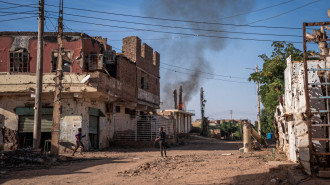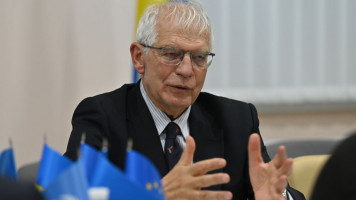Smuggled documents build the case for Syria's war crimes
Smuggled documents build the case for Syria's war crimes
A small team of Syrians have been collecting and archiving a vast hoard of seized official documents to lay the groundwork for potential war crimes trials.
5 min read
The legacy of bureaucratic authoritarianism may have tied the regime's own noose [Getty]
Amid the killing and destruction tearing through Syria, a group of activists have collected more than half a million documents that provide a blueprint for the tyranny under which they have long suffered.
A report by the UK's Guardian newspaper details how, for three years, the smugglers have managed to get more than two tons of files out of the country. They are now being analysed and archived to build cases for trials over potential war crimes alleged to have been committed by leading figures within the Syrian regime.
The team of some 50 activists have taken huge risks to get the hoard of papers out of the country; one was ambushed and killed, another was shot four times when his car came under fire from a government position. Several have been detained and tortured.
The project has its roots in a 2011 initiative by the UK Foreign Office to provide training worth several hundred thousand dollars to Syrian human rights lawyers and activists in how to research and record war crimes.
A former Canadian infantry officer who qualified as a lawyer while in the military, Bill Wiley, was bought on board to run the programme.
Having served as a legal expert and investigator at the Yugoslav and Rwanda tribunals as well as the International Criminal Court (ICC) he is well versed in how solid war crimes cases are built and how badly built ones failed.
"I said I would do it on the understanding that we wouldn't do human rights training, because it's a waste of time and money. Everybody's doing it and it's bullsh*t," he told The Guardian.
Instead, in a series of clandestine sessions in Turkey and Lebanon in late 2011 and early 2012, a group of smart, tech-savvy and courageous Syrians were given training in the kind of evidence-gathering required to inform an international criminal case.
The programme is now run under the auspices of the Commission for International Justice and Accountability (CIJA), which receives funding from the UK, EU, US, Germany, Denmark, Switzerland, Norway, Canada and Sweden - and is headed by Wiley.
Paper first, crime second
Among the trips to collect files from recently seized government security facilities, the most successful were a series of runs through Tel Abyad in early 2014.
The team managed to secure a complete set of documents from the provinces of Raqqa and Deir ez-Zor, which laid out an intimate depiction of the regime's internal machinations - including how tightly it was controlled by President Bashar al-Assad and his inner coterie.
Many previous high profile international war crimes cases have been hampered by investigators focusing on the crime base rather than the chain of command and institutions behind the crimes.
If it is possible to prove a massacre has taken place or detainees were tortured to death - but it is not possible to prove who was giving the orders, it can be very hard to pin a conviction on high-profile players.
The strategy adopted this time around, under Wiley's instruction, has been to start with the paperwork of the state institutions - and then use this to link prominent figures to some solid cases of the crimes that have been committed and can easily be proved.
The nature of the Syrian regime, with its rigid command structure and proclivity to always refer to higher authority for approval, has played straight into the hands of the CIJA and their document-driven approach.
Nearly all official correspondence is neatly stamped and signed, leaving a well-marked trail of evidence linking the pepretrators of atrocities to the highest echelons of power in Syria.
The intelligence services have proven more wary of stamping official documents, but the minutes from a single security agencies' meeting included the names and job title of everyone present, alongside their signatures. That single document has helped link the signatures to other incriminating evidence.
The picture becomes clear
From the documents that have been analysed, a clear picture of the powers driving Assad's war machine emerges. At the top of the pyramid is the Central Crisis Management Cell (CCMC), which includes the heads of the armed forces, the ministers of defence and the interior, along with the chiefs of the dominant intelligence agencies.
This group convenes every day and the meetings' results are taken immediately to the president, who then reviews the recommendations, sends his reviewed version back to the CCMC, which then passes the relevant orders down the chain of command.
Directly beneath the CCMC is the National Security Bureau (NSB), where the heads of the four main intelligence agencies coordinate their decisions. It directly controls the security committees in each governorate - each chaired by the provincial head of the Baath Party - which carry out the orders of the CCMC.
The smuggled files are already being analysed, translated, organised and archived in a secret location, so that the basis for future war crimes cases is well established.
It is unusual for such a comprehensive body of evidence to exist even before there is a court or case for it to be presented to.
Russia maintains a veto on any potential referral to the International Criminal Court, which it is highly unlikely to revise - even though armed opposition groups would also be put on trial.
For those who have repeatedly risked their lives to smuggle the documents out of Syria, it is worth the risk - even if there is no court in place or trials on the horizon.
The fact that so much evidence exists and has been analysed could itself be a driving factor towards the future establishment of a court.
Time - as well the reams of paper - will give Syrians the chance to know the truth behind the opaque and labrynthine system of oppression that has kidnapped, tortured and killed so many of their sons and daughters.
A report by the UK's Guardian newspaper details how, for three years, the smugglers have managed to get more than two tons of files out of the country. They are now being analysed and archived to build cases for trials over potential war crimes alleged to have been committed by leading figures within the Syrian regime.
The team of some 50 activists have taken huge risks to get the hoard of papers out of the country; one was ambushed and killed, another was shot four times when his car came under fire from a government position. Several have been detained and tortured.
| Nearly all official correspondence is neatly stamped and signed, leaving a well-marked trail of evidence. |
The project has its roots in a 2011 initiative by the UK Foreign Office to provide training worth several hundred thousand dollars to Syrian human rights lawyers and activists in how to research and record war crimes.
A former Canadian infantry officer who qualified as a lawyer while in the military, Bill Wiley, was bought on board to run the programme.
Having served as a legal expert and investigator at the Yugoslav and Rwanda tribunals as well as the International Criminal Court (ICC) he is well versed in how solid war crimes cases are built and how badly built ones failed.
"I said I would do it on the understanding that we wouldn't do human rights training, because it's a waste of time and money. Everybody's doing it and it's bullsh*t," he told The Guardian.
Instead, in a series of clandestine sessions in Turkey and Lebanon in late 2011 and early 2012, a group of smart, tech-savvy and courageous Syrians were given training in the kind of evidence-gathering required to inform an international criminal case.
The programme is now run under the auspices of the Commission for International Justice and Accountability (CIJA), which receives funding from the UK, EU, US, Germany, Denmark, Switzerland, Norway, Canada and Sweden - and is headed by Wiley.
Paper first, crime second
Among the trips to collect files from recently seized government security facilities, the most successful were a series of runs through Tel Abyad in early 2014.
The team managed to secure a complete set of documents from the provinces of Raqqa and Deir ez-Zor, which laid out an intimate depiction of the regime's internal machinations - including how tightly it was controlled by President Bashar al-Assad and his inner coterie.
Many previous high profile international war crimes cases have been hampered by investigators focusing on the crime base rather than the chain of command and institutions behind the crimes.
If it is possible to prove a massacre has taken place or detainees were tortured to death - but it is not possible to prove who was giving the orders, it can be very hard to pin a conviction on high-profile players.
The strategy adopted this time around, under Wiley's instruction, has been to start with the paperwork of the state institutions - and then use this to link prominent figures to some solid cases of the crimes that have been committed and can easily be proved.
The nature of the Syrian regime, with its rigid command structure and proclivity to always refer to higher authority for approval, has played straight into the hands of the CIJA and their document-driven approach.
Nearly all official correspondence is neatly stamped and signed, leaving a well-marked trail of evidence linking the pepretrators of atrocities to the highest echelons of power in Syria.
The intelligence services have proven more wary of stamping official documents, but the minutes from a single security agencies' meeting included the names and job title of everyone present, alongside their signatures. That single document has helped link the signatures to other incriminating evidence.
The picture becomes clear
From the documents that have been analysed, a clear picture of the powers driving Assad's war machine emerges. At the top of the pyramid is the Central Crisis Management Cell (CCMC), which includes the heads of the armed forces, the ministers of defence and the interior, along with the chiefs of the dominant intelligence agencies.
This group convenes every day and the meetings' results are taken immediately to the president, who then reviews the recommendations, sends his reviewed version back to the CCMC, which then passes the relevant orders down the chain of command.
Directly beneath the CCMC is the National Security Bureau (NSB), where the heads of the four main intelligence agencies coordinate their decisions. It directly controls the security committees in each governorate - each chaired by the provincial head of the Baath Party - which carry out the orders of the CCMC.
The smuggled files are already being analysed, translated, organised and archived in a secret location, so that the basis for future war crimes cases is well established.
It is unusual for such a comprehensive body of evidence to exist even before there is a court or case for it to be presented to.
Russia maintains a veto on any potential referral to the International Criminal Court, which it is highly unlikely to revise - even though armed opposition groups would also be put on trial.
For those who have repeatedly risked their lives to smuggle the documents out of Syria, it is worth the risk - even if there is no court in place or trials on the horizon.
The fact that so much evidence exists and has been analysed could itself be a driving factor towards the future establishment of a court.
Time - as well the reams of paper - will give Syrians the chance to know the truth behind the opaque and labrynthine system of oppression that has kidnapped, tortured and killed so many of their sons and daughters.

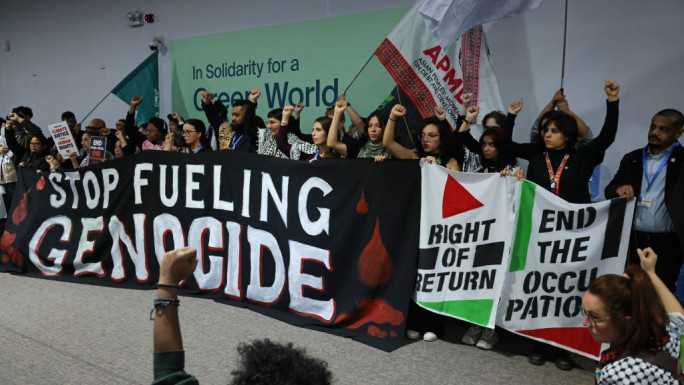
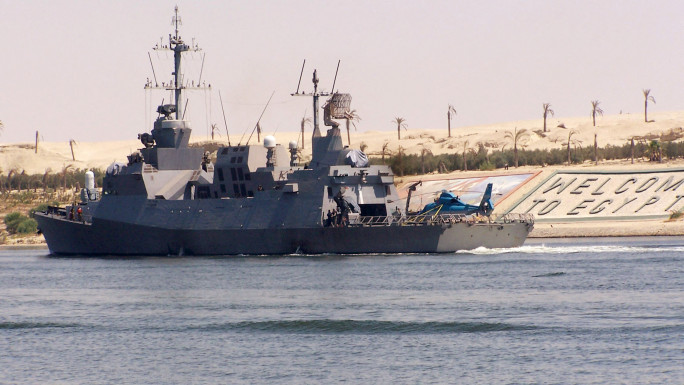
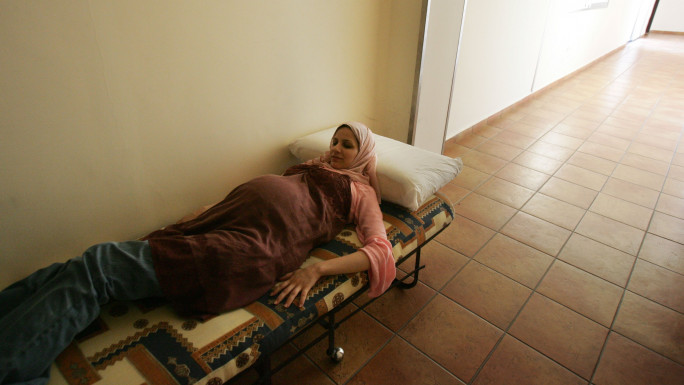
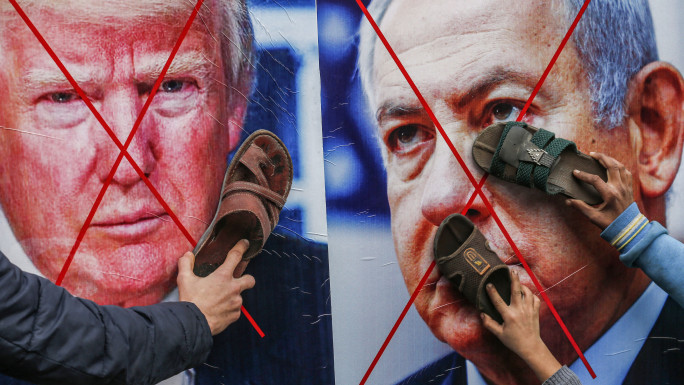
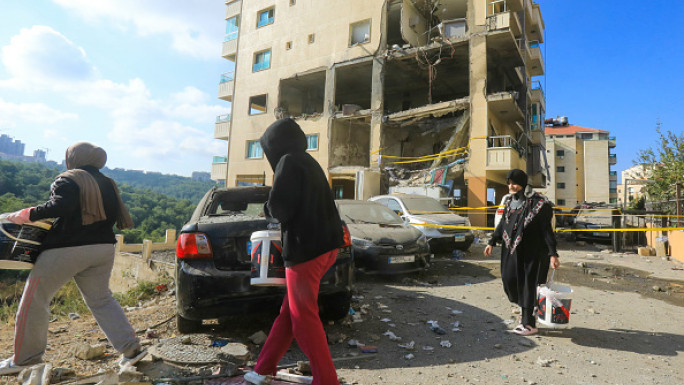
 Follow the Middle East's top stories in English at The New Arab on Google News
Follow the Middle East's top stories in English at The New Arab on Google News
![Gazans reel after Israel strike [Getty]](/sites/default/files/styles/image_330x185/public/2183300682.jpeg?h=a5f2f23a&itok=fN-GAQGE)
